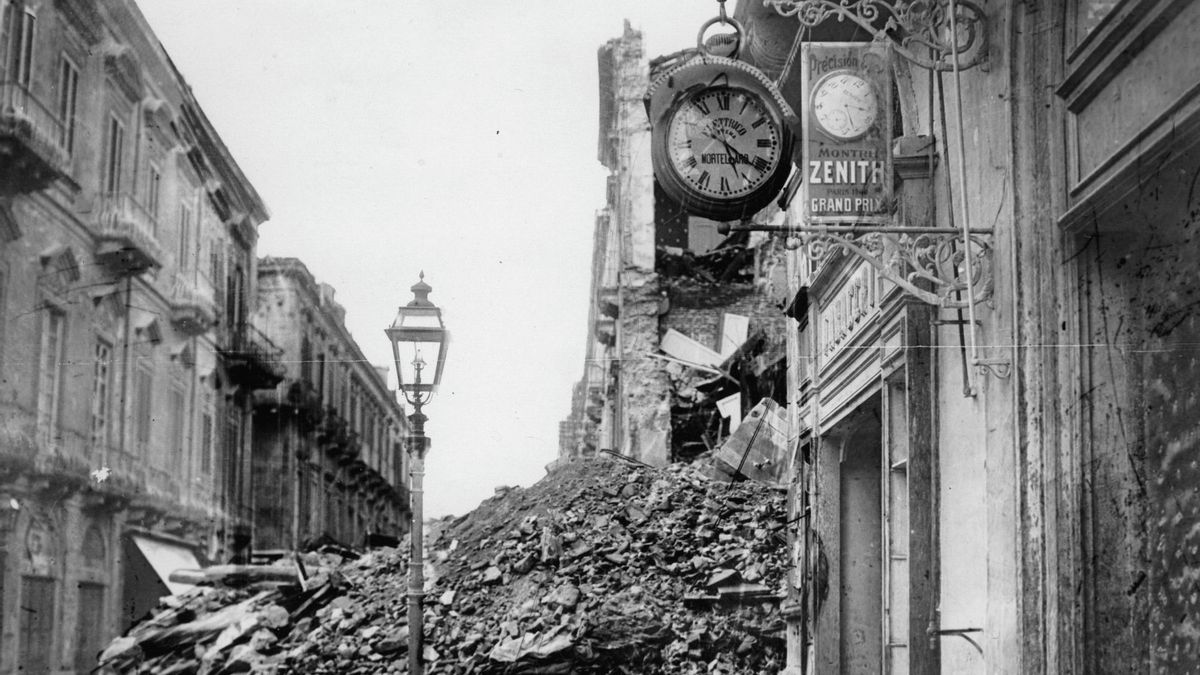JAKARTA - Two days ago, Aceh commemorated the 15th anniversary of the tsunami disaster, which until now still leaves grief. Before the tsunami hit, Aceh experienced an earthquake with a magnitude of 9.3.
About 170,000 were declared missing and died. The 2004 Aceh earthquake became the second strongest earthquake ever to occur and made it one of the worst disasters of all time.
Europe also has a bad history of earthquakes. On December 28, 1908, the worst earthquake disaster occurred in the Strait of Messina in southern Italy.
The earthquake leveled the cities of Messina in Sicily and Reggio di Calabria on mainland Italy. The earthquake was followed by a tsunami and killed around 100,000 people.
Reporting from History, Saturday, December 28, 2019, the islands of Sicily and Calabria are known as la terra ballerina or the land of dancing because of the periodic seismic activity that hits the two regions. In 1693, 60,000 people died in southern Sicily as a result of an earthquake and in 1783 large parts of the Tyrrenia coast of Calabria were devastated by a massive earthquake that killed 50,000 people.
The earthquake that occurred in 1908 claimed the highest number of casualties because it occurred at 5:20 am. The earthquake came without warning and most of the people were still sleeping indoors, unable to escape to a wider area.
The main shock, estimated to be about 7.5 on the Richter scale, caused a massive tsunami with waves as high as 40 feet to engulf the coastal cities. Two major cities on either side of the Strait of Messina, namely the City of Messina and the City of Reggio in Calabria, suffered about 90 percent destruction.
Telegraph lines were cut off and rail lines were damaged, hampering the distribution of aid. To make matters worse, the massive earthquake was followed by hundreds of minor earthquakes in the days that followed. The minor earthquakes destroyed the remaining buildings and injured the rescue team.
In a two-week rescue effort, hundreds of people were found still alive in the rubble. With 60,000 people homeless due to the earthquake and tsunami, many were forced to immigrate to other parts of the world. It took decades before southern Italy fully recovered from the most devastating earthquake in European history.
The suffering doesn't stop there. Torrential rains soaked quake-devastated cities, leaving confused, injured, and only sleeping-clothed victims to take refuge in caves and impromptu huts made from collapsed buildings. Even senior sailors could barely recognize the shoreline because the length of the coast had sunk several meters into the Strait of Messina.
Experts initially suspected that the tsunami was the result of displacement of the seabed caused by an earthquake. However, research completed in the early 21st century shows that underwater landslides, which have nothing to do with earthquakes, can also trigger tsunamis.
The English, Chinese, Japanese, Arabic, and French versions are automatically generated by the AI. So there may still be inaccuracies in translating, please always see Indonesian as our main language. (system supported by DigitalSiber.id)









